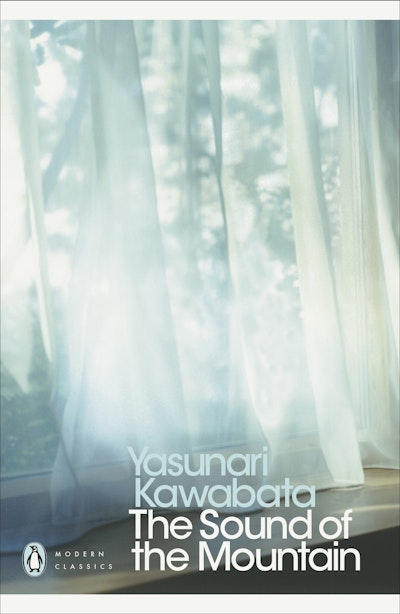[]
The Master of Go
Formats & editions
Buy from…
- Published: 1 July 2010
- ISBN: 9781407064512
- Imprint: Vintage Digital
- Format: EBook
- Pages: 240
Kawabata's narrative spirals through the book's events in ruminative glides and turns... There is a kind of low-key daring, an austere, autumnal nobility, in Kawabata's tale
Time
An archetypal saga... there are storms and landscapes as cool, as luminous, as any in Japanese paintings and woodcuts
The New Yorker
This novel is one of modern literature's greatest, most poignant elegies
Washington Post




